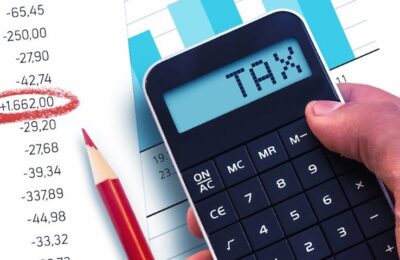In his Autumn Statement 2023, Chancellor Jeremy Hunt announced a raft of changes to Individual Savings Accounts (ISAs). ISAs were back in the spotlight during the Spring Budget 2024, when Mr Hunt announced a consultation on a new ‘UK ISA’. Given that the ISA landscape has changed for savers and investors, now is a good time to look at the latest ISA rules and how they affect you.
What is an ISA?
An Individual Savings Account (ISA) is a tax-efficient savings or investment account available to residents of the United Kingdom. It allows individuals to save or invest money without having to pay Income Tax or Capital Gains Tax on the interest, dividends, or capital gains earned within the account.
There are several types of ISAs available. They include cash ISAs, stocks and shares ISAs and innovative finance ISAs. Each type has its own rules and limits regarding contributions, withdrawals, and the types of investments allowed. There are also lifetime ISAs for people under 40 who are saving for a home or retirement, and Junior ISAs (JISAs) for under-18s; but we will look at these in a future article.
Cash ISAs are similar to regular savings accounts but offer tax-free interest, making them popular for short-term savings or emergency funds. Stocks and shares ISAs allow individuals to invest in a wide range of assets such as stocks, bonds and mutual funds while enjoying tax-free growth. Innovative finance ISAs allow investment in peer-to-peer lending platforms or crowdfunding projects.
Soon there will also be a new UK ISA. We cover this in more detail later in this post.
What were the ISA rules?
The last financial year that the old ISA rules applied to was 2023/24.
You were allowed to invest up to £20,000 per year across cash, stocks and shares and innovative finance ISAs. You could invest it all in a single type of ISA, or you could spread this amount across different types of ISA. However, you could only put money into one ISA of each kind during a financial year. For example, you couldn’t put money into two different cash ISAs.
You were also allowed to transfer ISAs from one provider to another at any time. For money you invested in previous financial years, you could choose to transfer some or all of it. However, if you wanted to transfer money you’d invested in the current financial year, you had to transfer all of it.
What are the new ISA rules?
From 2024/5, you will be able to put money into multiple ISAs of the same type during the same financial year. For example, you could put money into two cash ISAs and two stocks and shares ISAs. This could be useful if you spot a new cash ISA with a higher interest rate, or you want to experiment with how different stocks and shares ISAs perform.
In addition, you’ll be allowed to make full or partial transfers of ISA funds, regardless of when you paid the money in. This lets you move money to a new ISA provider whenever you want. However, do not withdraw the money directly or you’ll lose the tax benefits. Get in touch with the new provider and ask for an ISA transfer form. They’ll then move the money and it’ll keep your cash tax-free.
Another helpful reform involves fractional shares. Before April 2024, you had to invest in whole shares within a stocks and shares ISA. This could be expensive – shares in some companies can cost hundreds of pounds. From April 2024, you can invest in fractional shares – part of a share – and retain your tax-free benefits.
One other change relates to the age at which you can open a cash ISA. Before April 2024, you could open a cash ISA at the age of 16. From that date, only over-18s can open one.
Can I invest more in ISAs now?
Unfortunately, the amount you can save in ISAs each year hasn’t changed. This remains at £20,000 for cash ISAs, stocks and shares ISAs, and innovative finance ISAs. You can also put a maximum of £9,000 into a junior ISA and £4,000 into lifetime ISAs.
What about the new UK ISA?
The government has proposed introducing a new UK ISA. The idea behind it is to stimulate investment in UK companies. We don’t know yet when UK ISAs will be available, but they will allow you to invest an additional £5,000 per year on top of your £20,000 ISA allowance.
A quick word about lifetime ISAs
If you do invest in a lifetime ISA, be careful. Although you can get a 25% boost on your savings from the government, you can’t buy a property over £450,000. This can be problematic in expensive areas. If you buy a more expensive home, you will have to pay a penalty to access your money.
Next steps
Saving in ISAs can be an effective way of saving or investing money tax-free. However, sometimes it’s better to invest your money in other products such as pensions. If you’d like tax planning advice, get in touch today and one of our specialist accountants would be delighted to help you.
About Jon Pryse-Jones
Since joining THP in 1978, Jon Pryse-Jones has been hands on with every area of the business. Now specialising in strategy, business planning, and marketing, Jon remains at the forefront of the growth and development at THP.
An ideas man, Jon enjoys getting the most out of all situations, “I act as a catalyst for creative people and encourage them to think outside the box,” he says, “and I’m not afraid of being confrontational. It often leads to a better result for THP and its clients.”
Jon’s appreciation for THP extends to his fellow team members and the board. “They really know how to run a successful business,” he says. He’s keen on IT and systems development as critical to success, and he continues to guide THP to be at the cutting edge and effective.
Read More











